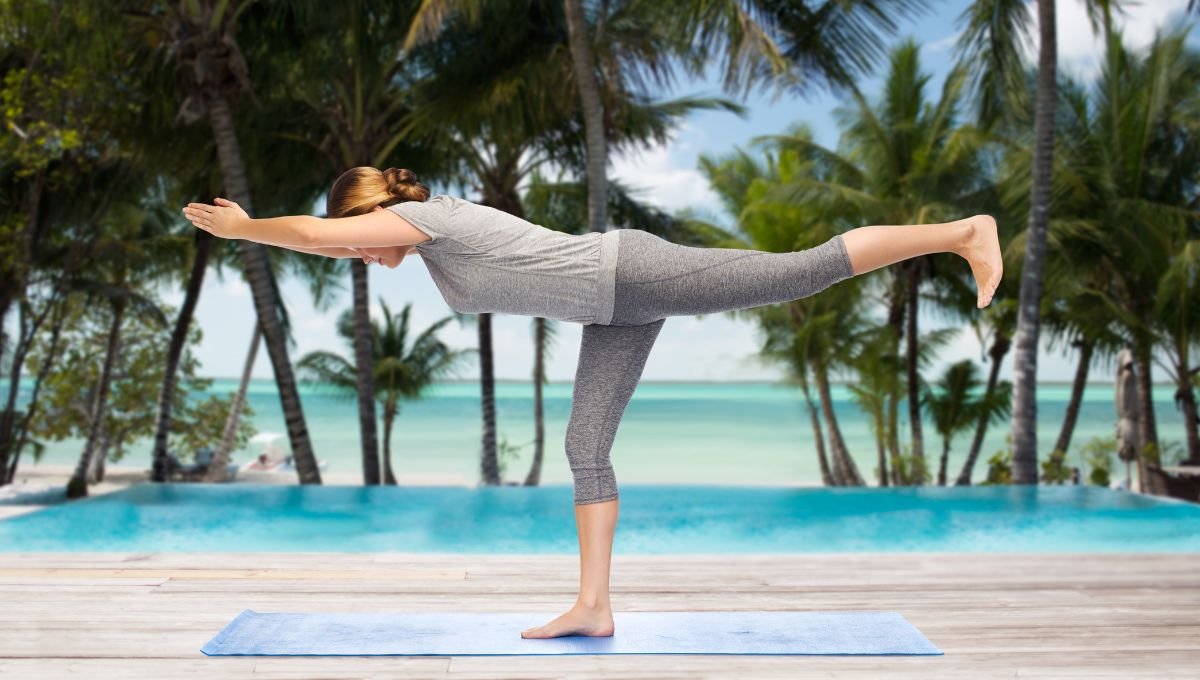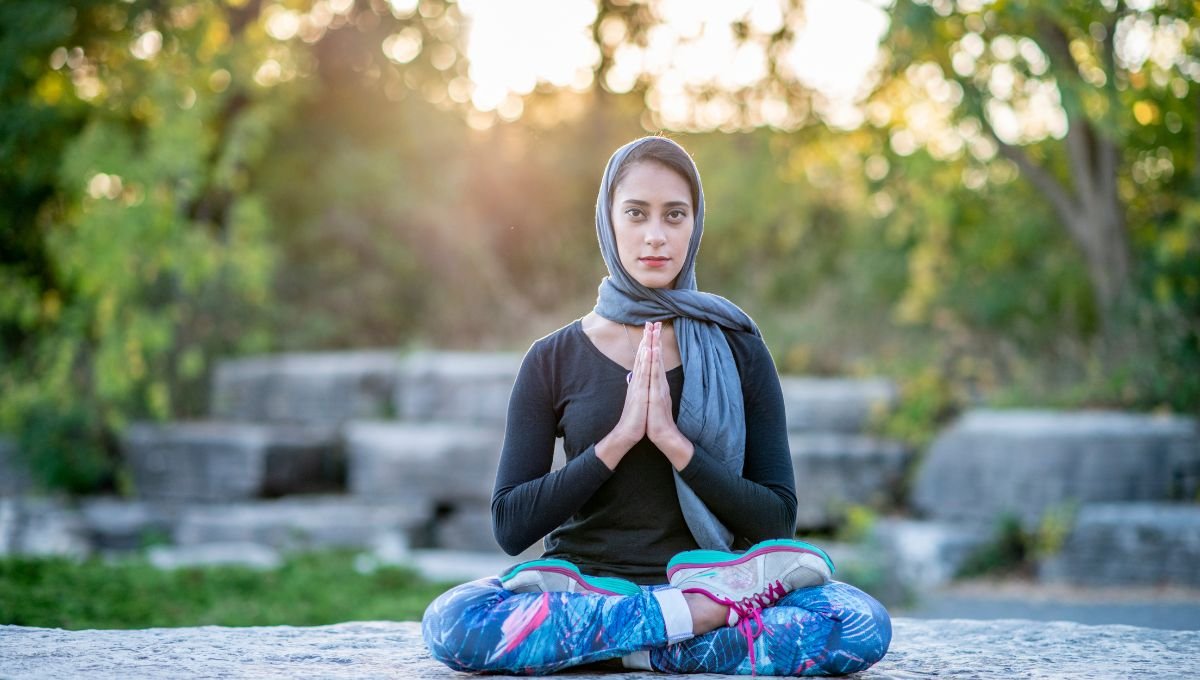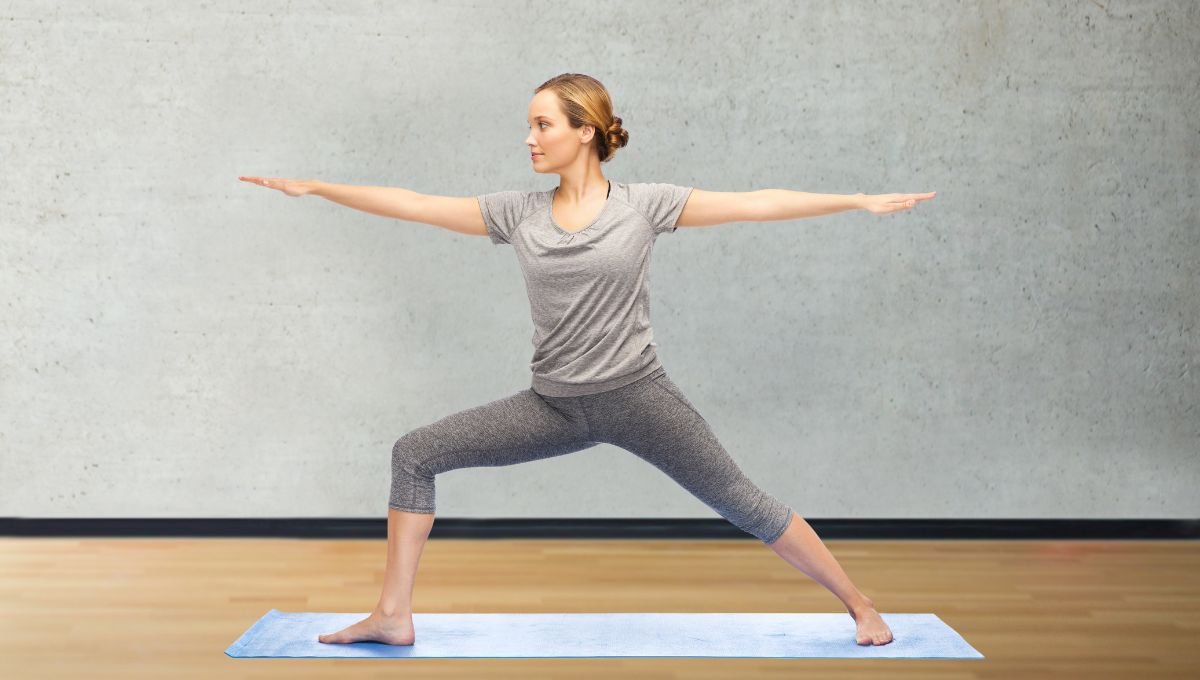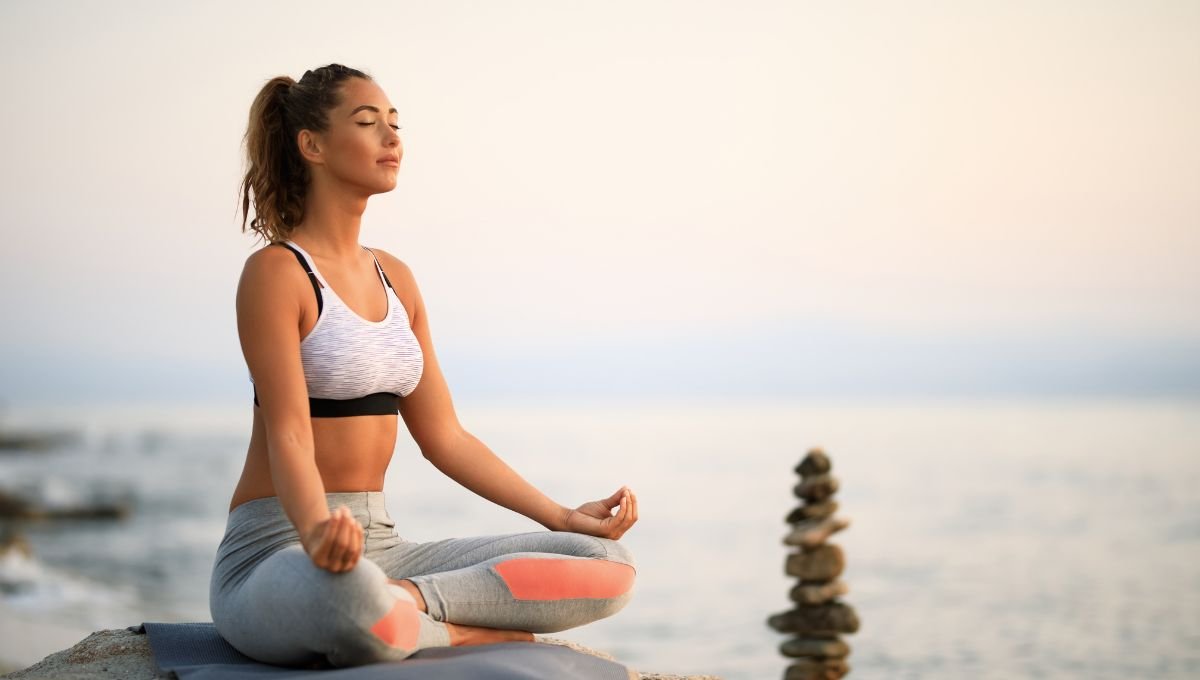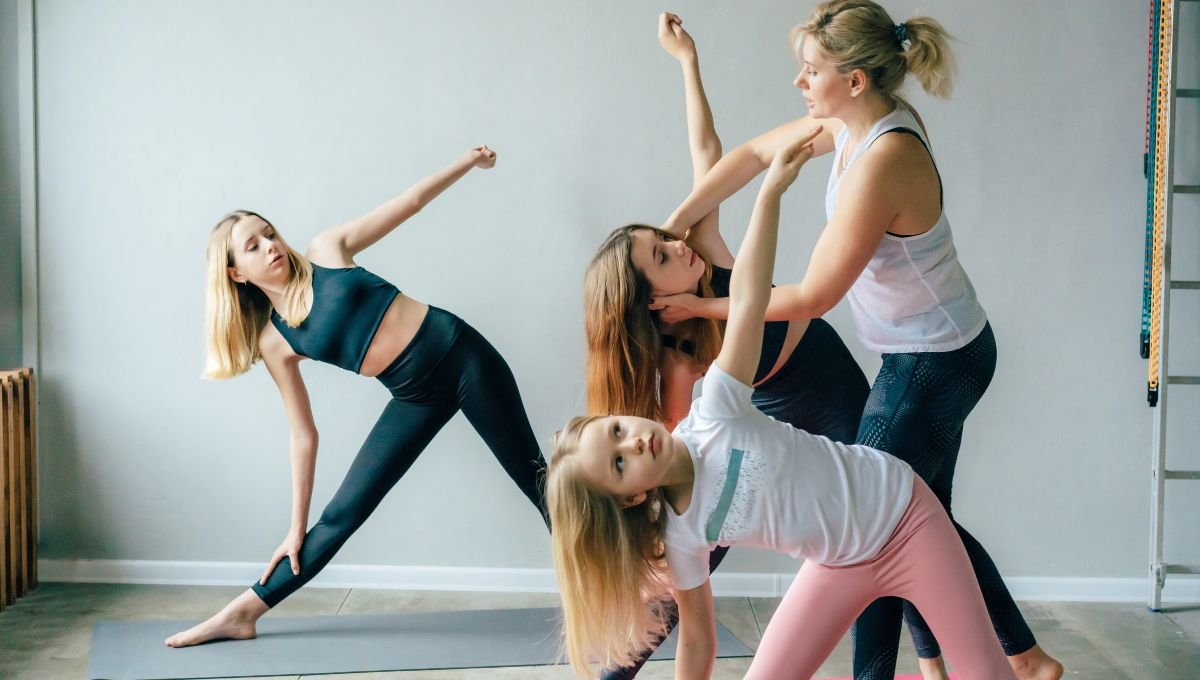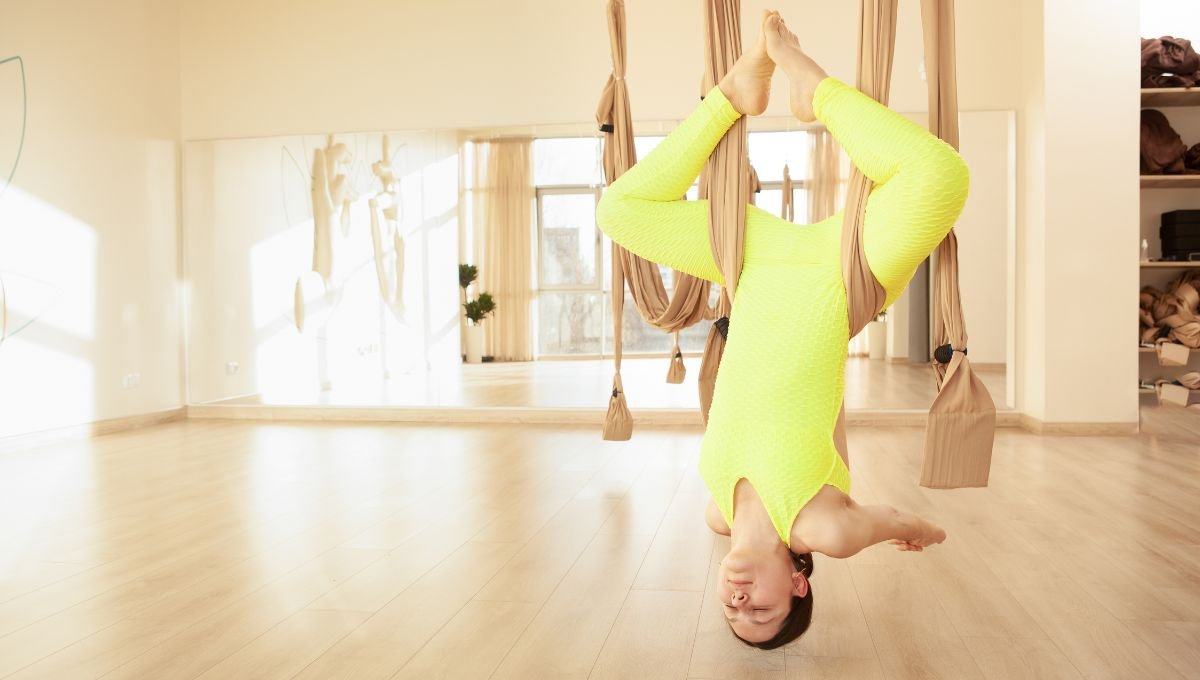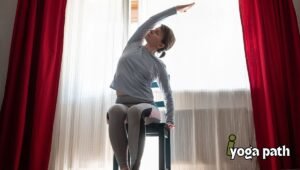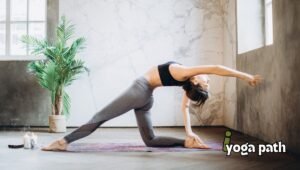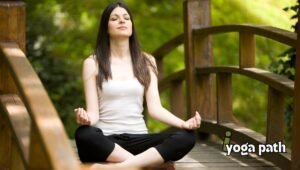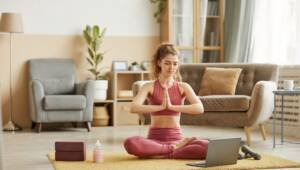Balance on the Board: Merging the Art of Yoga with Paddleboarding for Core Strength and Focus
Short Intro:
In the innovative realm of wellness and fitness, “Balance on the Board” emerges as a captivating fusion of yoga and paddle-boarding, offering enthusiasts a unique way to enhance core strength, improve focus, and embrace the calming power of nature. This trend marries the tranquility and physical discipline of yoga with the dynamic, balancing act of stand-up paddle-boarding (SUP), creating a holistic exercise that challenges the body and soothes the mind. Market statistics indicate a rising interest in outdoor and water-based fitness activities, with paddle-board yoga experiencing significant growth.
Participants are drawn to its unique combination of physical benefits, including enhanced balance, core strength, and flexibility, alongside mental wellness gains such as stress reduction and increased mindfulness. “Balance on the Board” caters to this growing demand, providing an adventurous yet meditative approach to fitness that appeals to yogis and paddle-boarding aficionados alike.
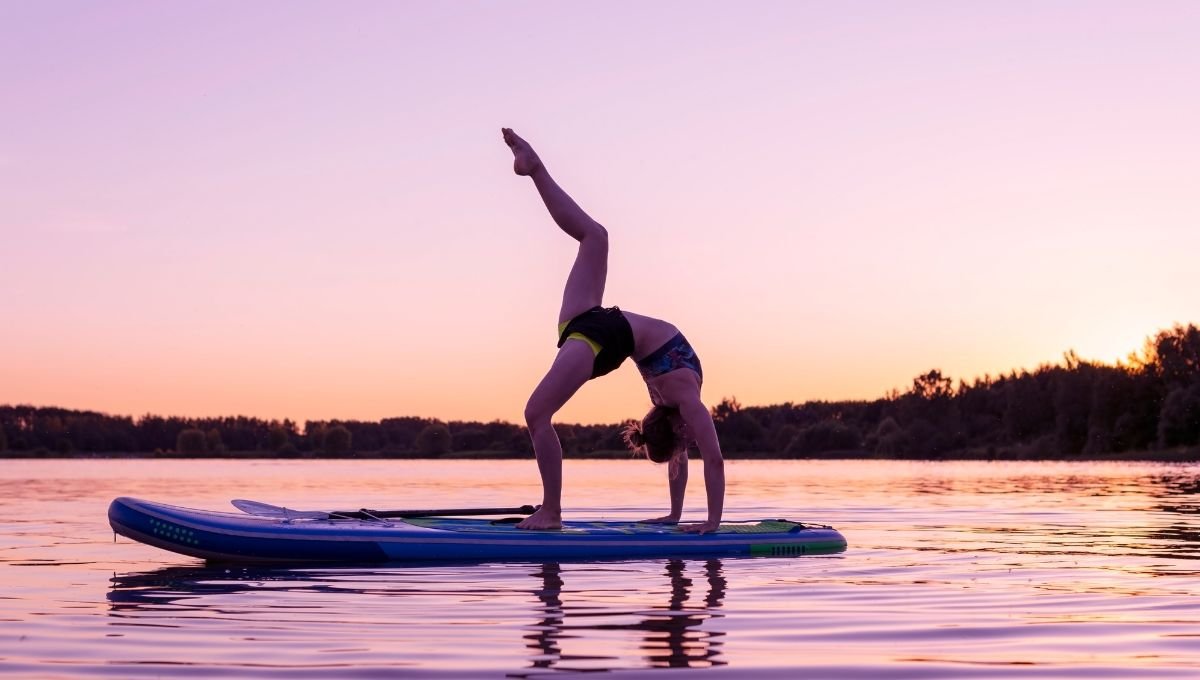
Embracing the Challenge and Serenity of Paddle board Yoga
The essence of “Balance on the Board” lies in its ability to transport the practice of yoga onto the water, where the unstable surface of the paddle board intensifies the workout, demanding greater focus, stability, and core engagement. This environment encourages practitioners to deepen their connection with their movements and breath, enhancing the mind-body harmony that yoga promotes.
The Physical and Mental Benefits
Core Strength and Balance: The instability of the paddle board requires constant micro-adjustments, engaging the core muscles more intensively than traditional yoga.
Focus and Concentration: Achieving poses on a moving surface necessitates heightened concentration, fostering mental clarity and present-moment awareness.
Connection with Nature: Practicing yoga on water offers a unique opportunity to connect with the natural environment, amplifying the stress-relieving and meditative aspects of yoga.
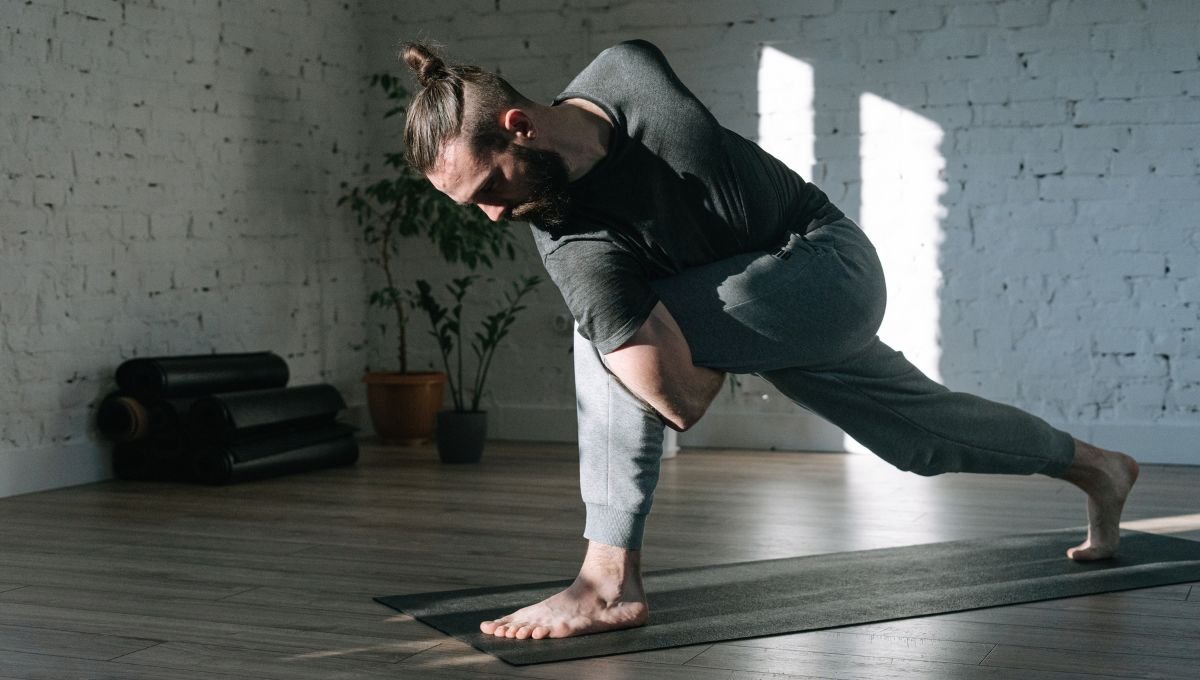
Getting Started with Paddleboard Yoga
For those interested in exploring “balance on the board,” starting with a basic SUP yoga class or workshop is recommended. These introductory sessions typically focus on fundamental paddleboarding skills and simple yoga poses, ensuring a safe and enjoyable experience for beginners.
Equipment and Safety Considerations
Choosing the Right Equipment: A wide, stable paddleboard is essential for beginners. Many yoga-specific boards are available, designed to offer extra stability and space for practicing poses.
Safety First: Always wear a personal flotation device (PFD) and practice in calm, sheltered waters, especially as a beginner. It’s also wise to check local regulations and weather conditions before heading out.
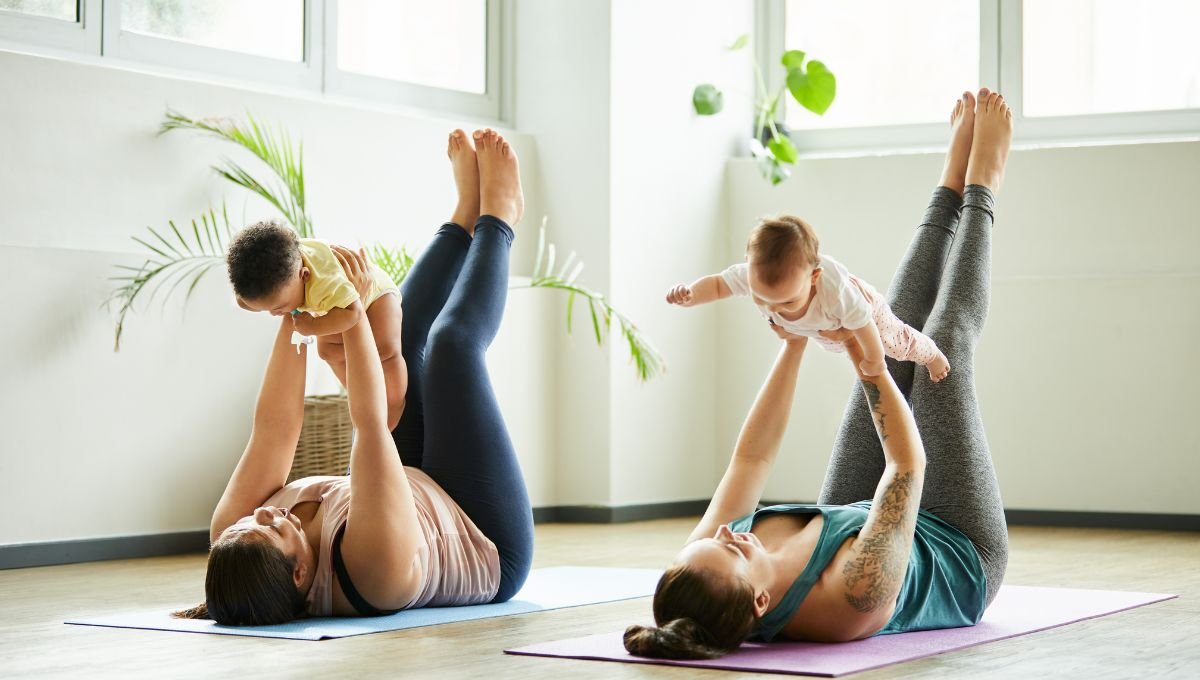
Integrating Paddleboard Yoga into Your Routine
Incorporating “Balance on the Board” into your fitness regimen can transform your yoga practice, offering fresh challenges and perspectives. Regular practice can lead to significant improvements in strength, flexibility, and mental well-being. As with any fitness activity, consistency is key to experiencing the full benefits.
“Balance on the Board” not only presents an innovative approach to yoga and paddleboarding but also exemplifies the evolving landscape of fitness, where the blending of disciplines leads to novel and enriching experiences. This trend encourages individuals to step out of their comfort zones, explore the boundaries of their physical and mental capabilities, and connect with the natural world in profound ways. As paddleboard yoga continues to gain popularity, it stands as a testament to the endless possibilities for creativity and growth within the realms of wellness and exercise.
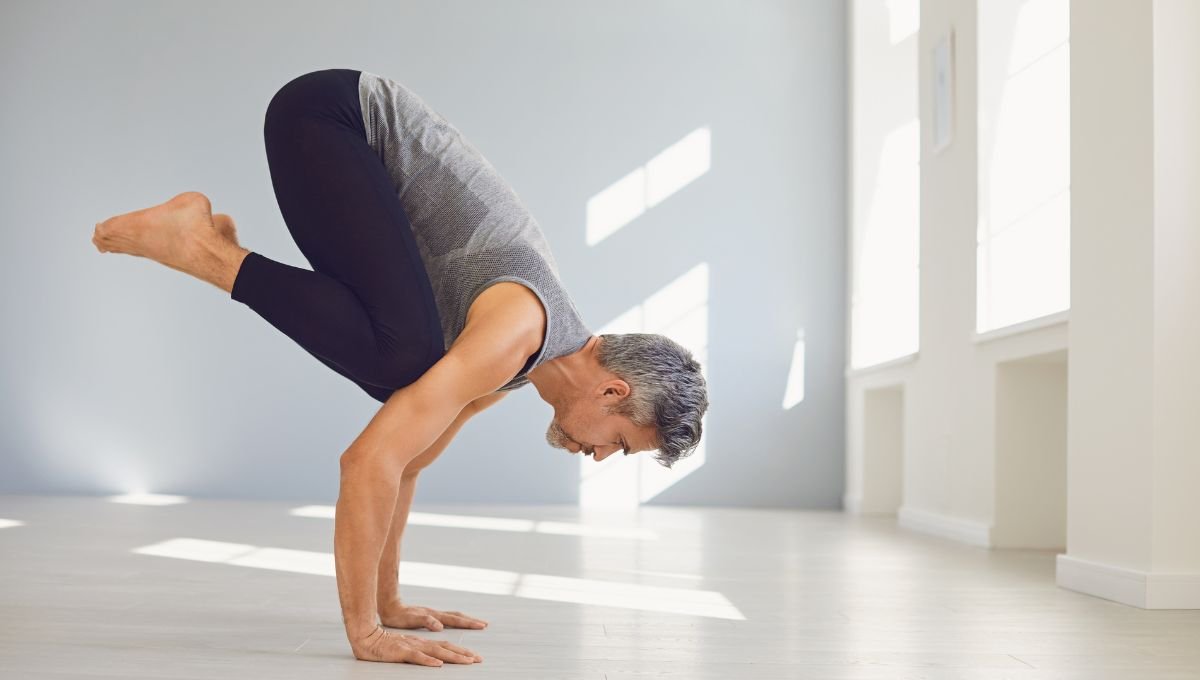
Conclusion and Final Thoughts
In wrapping up “Balance on the Board,” it’s evident that the fusion of yoga with paddleboarding offers a unique and enriching path to fitness and wellness, blending the physical challenges of balance and core strength with the mental focus and serenity found in traditional yoga practices. This innovative approach not only caters to those seeking a dynamic and engaging exercise routine but also to individuals longing for a deeper connection with nature and themselves. The growing popularity of paddleboard yoga underscores a broader trend towards holistic health practices that harmonize body, mind, and environment, offering a refreshing escape from the conventional gym setting.
The journey into paddleboard yoga symbolizes a bold step towards embracing the fluidity of nature and the resilience of the human spirit. It challenges practitioners to find stability amidst the ever-changing currents of life, fostering a sense of peace, focus, and strength that transcends the water. This practice encourages yogis of all levels to explore their limits, adapt to the rhythm of the waves, and discover the profound balance that arises from uniting breath, movement, and the natural world.
Let “Balance on the Board” inspire you to embark on a transformative journey that elevates your yoga experience to new heights. Whether you’re a seasoned yogi seeking adventure or a fitness enthusiast drawn to the tranquility of water, paddleboard yoga offers a pathway to enhance your well-being while floating in the serene embrace of nature. Dive into this dynamic practice and let the balance on the board guide you toward greater health, mindfulness, and harmony.

(FAQs) Balance on the Board
1. What is paddleboard yoga?
Paddleboard yoga is a unique fitness practice that combines the art of stand-up paddleboarding (SUP) with traditional yoga poses. It’s performed on a paddleboard in calm waters, challenging your balance and offering a dynamic way to enjoy yoga outdoors.
2. Do I need to be experienced in yoga or paddleboarding to try paddleboard yoga?
No, beginners in both yoga and paddleboarding can enjoy paddleboarding yoga. Many classes are designed for all levels, providing an introduction to basic paddleboarding techniques and yoga poses tailored for stability on the water.
3. What are the benefits of paddleboard yoga?
Paddleboard yoga enhances core strength, balance, and focus while offering the mental health benefits of being close to nature. It’s a holistic practice that improves physical fitness, reduces stress, and increases mindfulness.
4. What equipment do I need for paddleboard yoga?
The essential equipment for paddleboard yoga includes a stable paddleboard, a paddle, a personal flotation device (PFD), and a safety leash. Some also prefer to use a yoga mat placed on the board for added grip during poses.
5. Is paddleboard yoga safe?
Yes, when practiced in calm, sheltered water and with proper safety gear like a PFD, paddleboard yoga is safe. Beginners should start with a class or an instructor to learn the basics of balancing and paddling safely.
6. How do I prepare for a paddleboard yoga session?
Prepare for a session by dressing in comfortable, water-friendly clothing, applying sunscreen, and staying hydrated. Familiarize yourself with basic paddleboarding and yoga practices, and always check the weather and water conditions before heading out.
7. Where can I find paddleboard yoga classes?
Paddleboard yoga classes are offered at many aquatic centers, yoga studios with water access, and through outdoor adventure groups. Online directories or local fitness and outdoor recreation forums can also provide listings of nearby classes.

